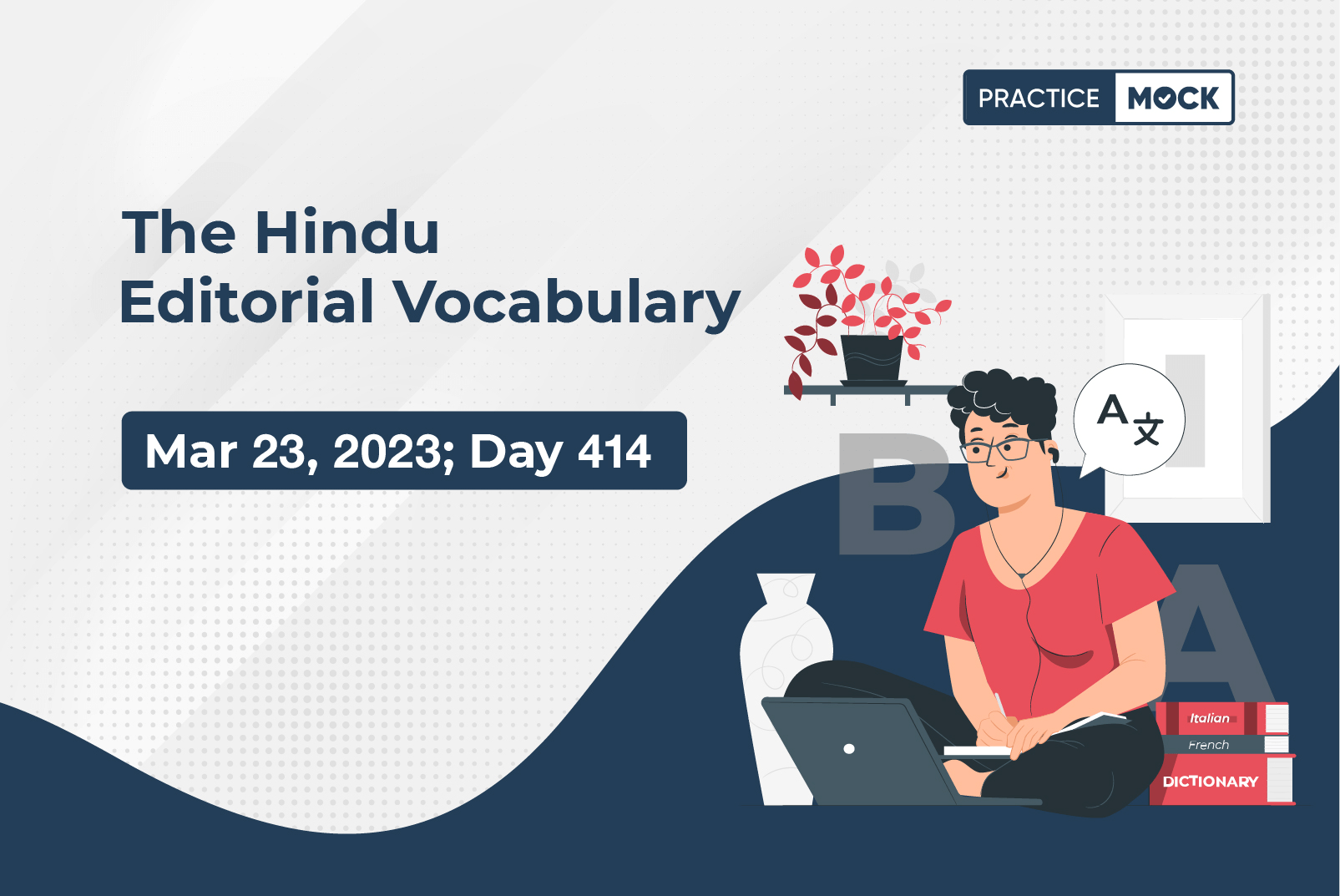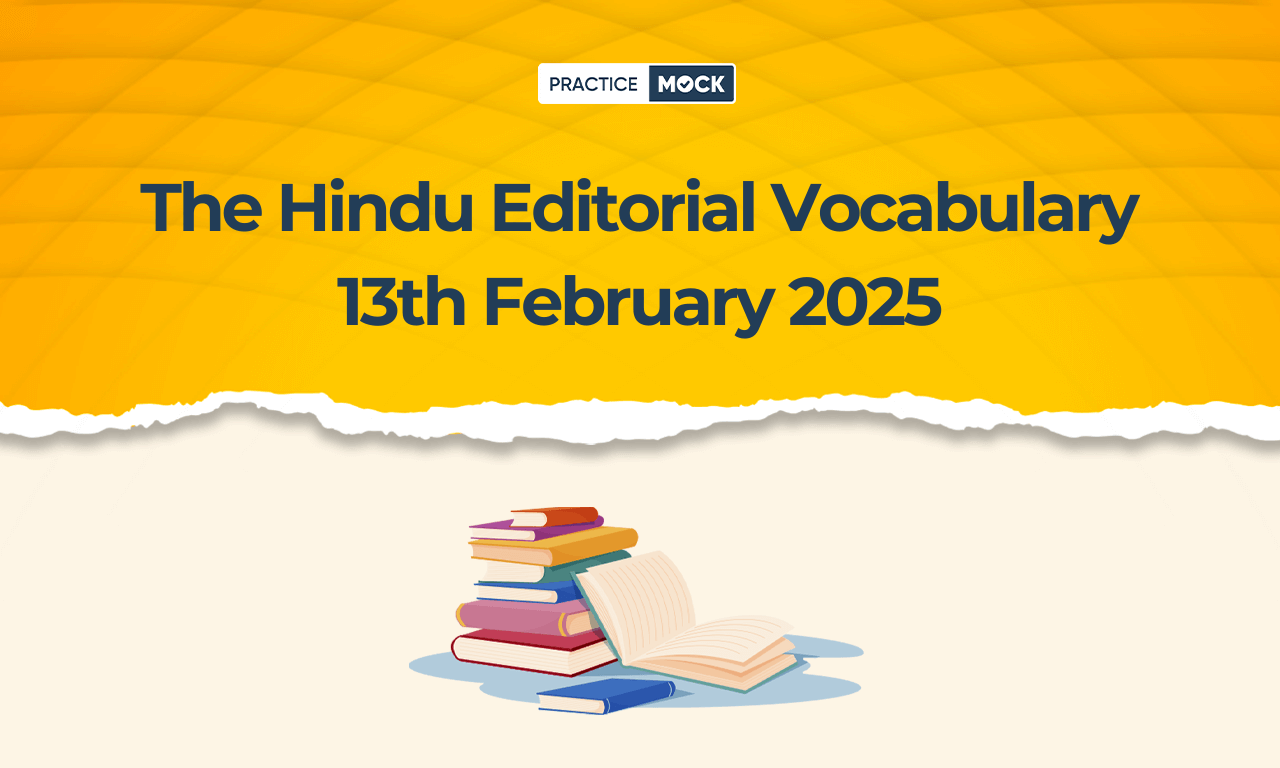

| Difficult Word/ Phrase | Contextual Sense |
| Abolition | The act of abolishing a system, practice or institution (especially abolishing slavery) |
| Merely | And nothing more |
| Barbaric | Without civilizing influences |
| Venture | Proceed somewhere despite the risk of possible dangers |
| Capital punishment | Putting a condemned person to death |
| Humane | Marked or motivated by concern with the alleviation of suffering |
| Electrocution | Execution by electricity |
| Refrain | Resist doing something |
| Jurisprudence | The branch of philosophy concerned with the law and the principles that lead courts to make the decisions they do |
| Aggravate | Make worse |
| Mitigate | (law) lessen or to try to lessen the seriousness or extent of |
| Send to the gallows | to sentence (someone) to death |
| Clemency | Leniency and compassion shown toward offenders by a person or agency charged with administering justice |
| Dispose of | Deal with or settle |
| Commute | Exchange a penalty for a less severe one |
| Empirical | Derived from experiment and observation rather than theory |
| Botched-up | an error or problem caused by ineptitude, carelessness, or mismanagement |
| Perpetrate | Perform an act, usually with a negative connotation |
Abolition (The act of abolishing a system, practice or institution (especially abolishing slavery)) is the way: On the higher judiciary’s move on the death penalty
The issue is the death penalty itself, not merely (And nothing more) the method of execution
Forty years after holding that the mode of executing prisoners by hanging cannot be termed too cruel or barbaric (Without civilizing influences), the Supreme Court of India has now ventured (Proceed somewhere despite the risk of possible dangers) to find out if there is a more dignified and less painful method to carry out death sentences. The idea of finding an alternative mode of execution, one considered less painful and involves little cruelty, has been part of the wider debate on whether the death penalty should be abolished. Judicial and administrative thinking have leaned towards backing both the idea of capital punishment (Putting a condemned person to death) and the practice of hanging. The Bench has sought fresh data to substantiate the argument that a more humane (Marked or motivated by concern with the alleviation of suffering) means of execution can be found. There are two leading judgments on the issue — Bachan Singh vs State of Punjab (1980), which upheld the death penalty, but limited it to the ‘rarest of rare cases’, and Deena Dayal vs Union of India And Others (1983), which upheld the method by ruling that hanging is “as painless as possible” and “causes no greater pain than any other known method”. The 35th Report of the Law Commission (1967) had noted that while electrocution (Execution by electricity), use of a gas chamber and lethal injection were considered by some to be less painful, it was not in a position to come to a conclusion. It refrained (Resist doing something) from recommending any change.
Even though the Supreme Court has not favoured abolition, it has developed a robust and humane jurisprudence (The branch of philosophy concerned with the law and the principles that lead courts to make the decisions they do) that has made it difficult for the executive to carry out death sentences. It has restricted its use to the ‘rarest of rare cases’, mandated a balancing of aggravating (Make worse) and mitigating ((law) lessen or to try to lessen the seriousness or extent of) circumstances before sending someone to the gallows (to sentence (someone) to death), and allowed a post-appeal review hearing in open court. At the same time, it has evolved a clemency (Leniency and compassion shown toward offenders by a person or agency charged with administering justice) jurisprudence that makes decisions on mercy petitions justiciable and penalises undue delay in disposing of (Deal with or settle) mercy pleas by commuting (Exchange a penalty for a less severe one) death sentences to life. The question now before the Court provides yet another opportunity to humanise its approach further. Empirical (Derived from experiment and observation rather than theory) evidence suggests that hanging need not result in an early or painful death, while there is a body of proof that shows electrocution and lethal injection have their own forms of cruelty. The Union government contends that hanging should be retained, not only because it is not cruel or inhuman but also because it accounts for the least number of botched-up (an error or problem caused by ineptitude, carelessness, or mismanagement ) executions. The real issue, however, is that any form of execution is a fall from humaneness, offends human dignity and perpetrates (Perform an act, usually with a negative connotation) cruelty. Debating the mode only deepens the moral dilemma of whether the taking of life is the best response to the taking of life. If eliminating cruelty and indignity is the aim, abolition is the answer.
Want to improve your vocabulary further? Download the Lists of Word-Meanings of Previous Months here.
Recent Posts
Career Growth and Promotions for RBI Grade B Officers
Learn about the career growth and promotion structure for RBI Grade B officers and how…
300+ Reasoning Important Questions For BOB Apprentice 2025 Exam
In this article we are providing the 300+ Reasoning Important Questions For the BOB Apprentice…
Step-by-Step Preparation Strategy for PNB SO 2025 Exam
In this article we are providing the Step-by-Step Preparation Strategy for PNB SO 2025 Exam,…
IBPS PO Syllabus 2025, Check Prelims & Mains Detailed Syllabus
IBPS PO Syllabus 2025 will be released along with a notification pdf. Candidates can check…
What is the probation period for RBI grade B officers?
Learn about the RBI Grade B probation period, its importance, and how it shapes officers'…
IBPS SO Syllabus 2025, Check Prelims & Mains Pattern and Syllabus
IBPS SO Syllabus 2025 will be released on the official website. Candidates can check Prelims…


